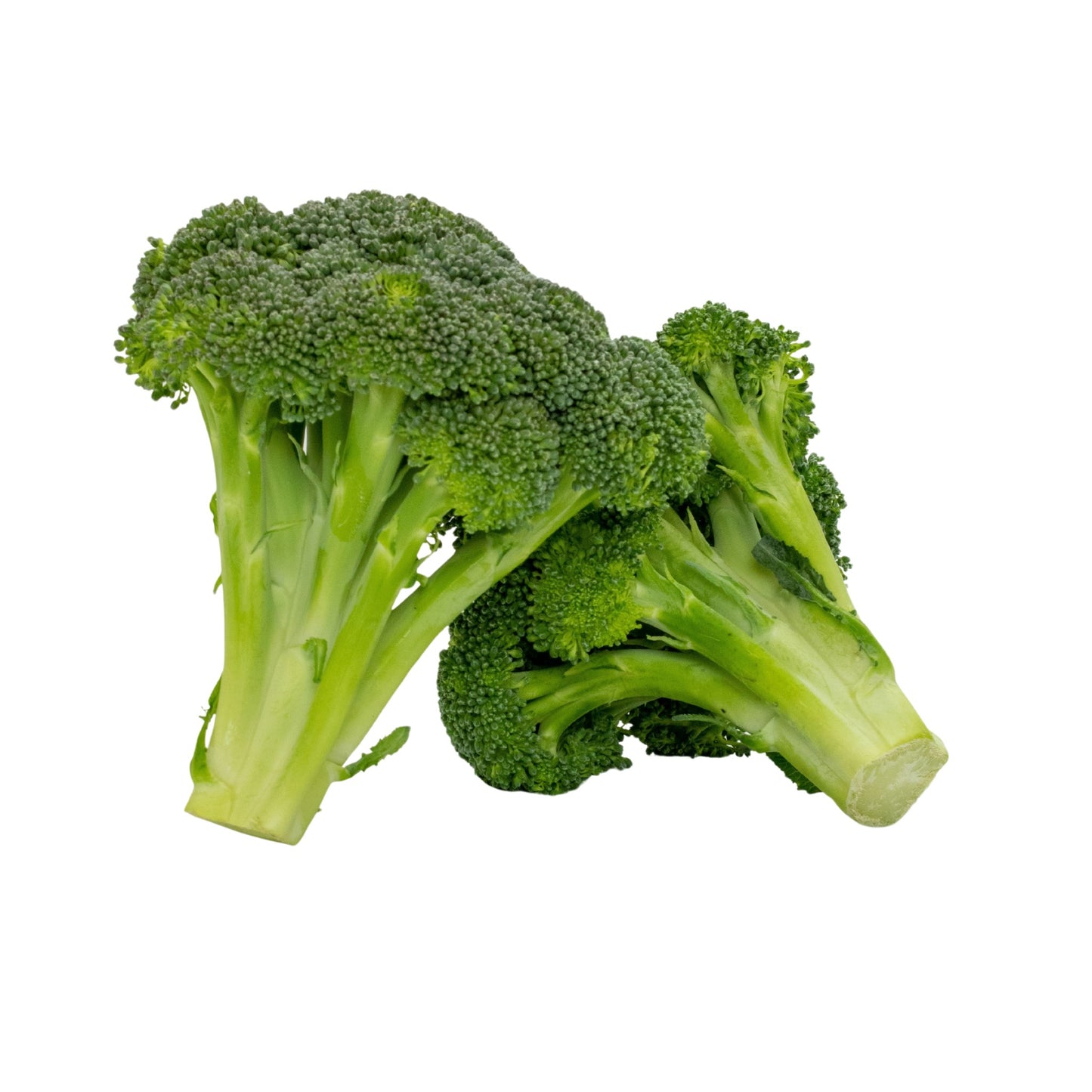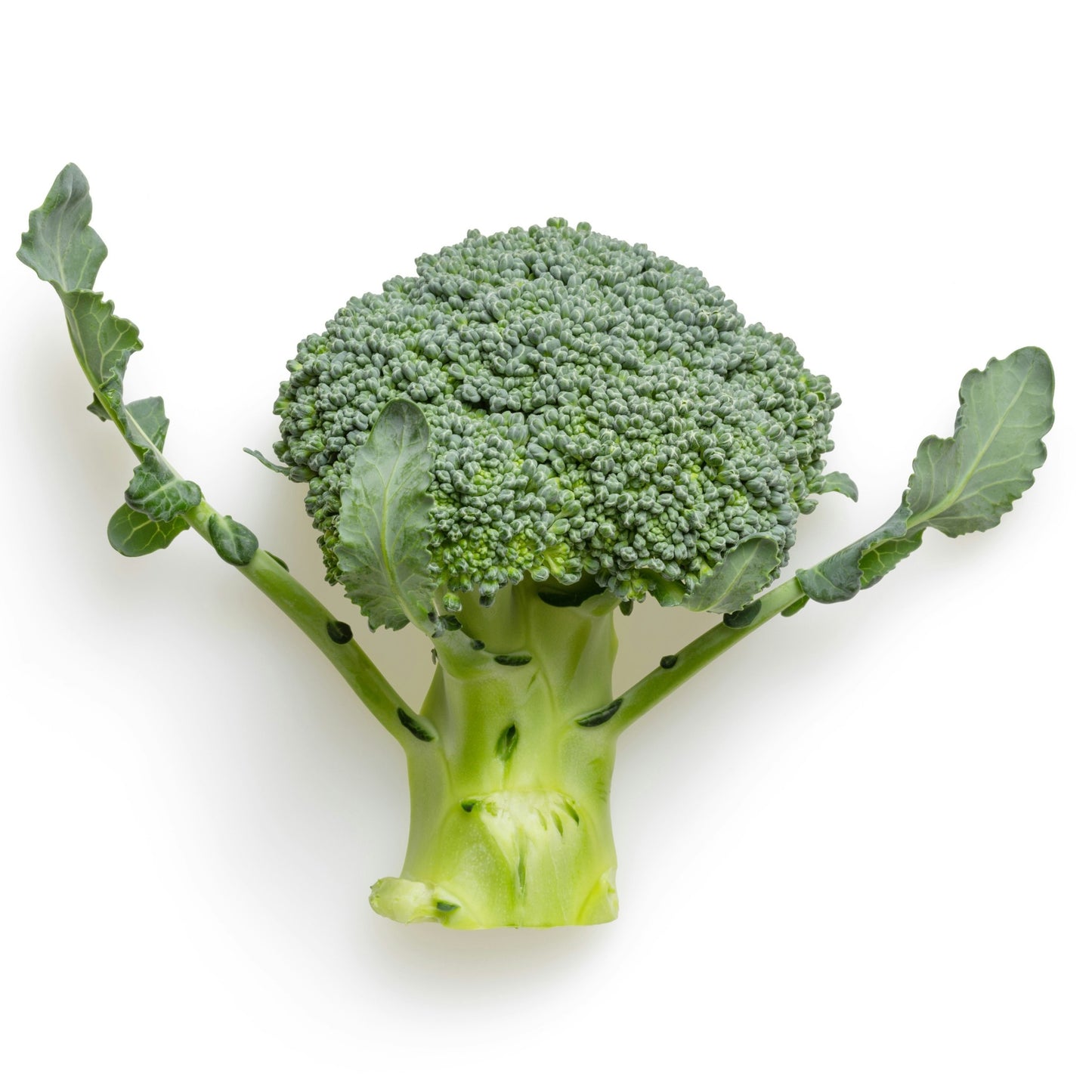Jonquil
Broccoli Green Sprouting Calabrese - 0.5 gram
Broccoli Green Sprouting Calabrese - 0.5 gram
Couldn't load pickup availability
Green Sprouting Calabrese is a classic, early maturing broccoli variety known for its large green central heads followed by multiple side shoots that extend the harvest period. It has a mild, sweet flavour and tender texture, ideal for steaming, stir-frying, or eating raw. This heirloom variety is cold-tolerant, making it perfect for spring and autumn crops in temperate climates.
Sowing & Growing Instructions
Sowing Time:
Spring Crop: Start indoors in late winter to early spring, transplant after last frost
Autumn Crop: Sow in mid to late summer, transplant for autumn harvest
Soil Requirements:
Rich, well-draining, moisture-retentive soil
Add compost or aged manure before planting
Preferred pH: 6.5–7.5
Sowing Method:
Indoors: Sow in modules or trays 6–8 weeks before transplanting
Outdoors: Direct sow when soil has warmed, though transplanting is preferred for spacing control
Depth & Spacing:
Sow seeds 1–1.5 cm deep
Transplant seedlings 40–50 cm apart in rows 50–60 cm apart
Light:
Full sun – at least 6 hours per day
Watering:
Keep soil consistently moist, especially during head formation
Water at the base to reduce risk of fungal issues
Feeding:
Feed with a balanced organic fertiliser every few weeks
Side-dress with compost mid-season for extra growth
Harvesting:
Main head is ready when firm and tight, 10–20 cm wide
Cut central head, then continue harvesting side shoots for weeks afterward
Common Pests & Problems
Cabbage White Butterfly (Caterpillars)
Symptoms: Large holes in leaves, caterpillars on undersides
Control: Use mesh netting, hand-pick larvae, spray with Bt (Bacillus thuringiensis)
Aphids
Symptoms: Curling leaves, sticky residue
Control: Spray with neem oil or insecticidal soap, encourage ladybirds
Flea Beetles
Symptoms: Small pinholes in leaves
Control: Use row covers, apply diatomaceous earth or organic sprays
Slugs & Snails
Symptoms: Irregular holes in leaves, especially on young plants
Control: Slug traps, copper tape, or organic pellets
Clubroot (Soil-borne disease)
Symptoms: Wilting, swollen or distorted roots
Prevention: Practice crop rotation, increase soil pH with lime if needed
Share




